
Positional Asphyxiation the Silent Killer for babies Positional Asphyxiation
Positional (postural) asphyxia is a form of mechanical asphyxia that occurs when a person is immobilized in a position which impairs adequate pulmonary ventilation and thus, results in a respiratory failure. [ 1, 2] In some cases, the body position has a direct hindering effect on normal circulation and venous return to the heart, which may be a.
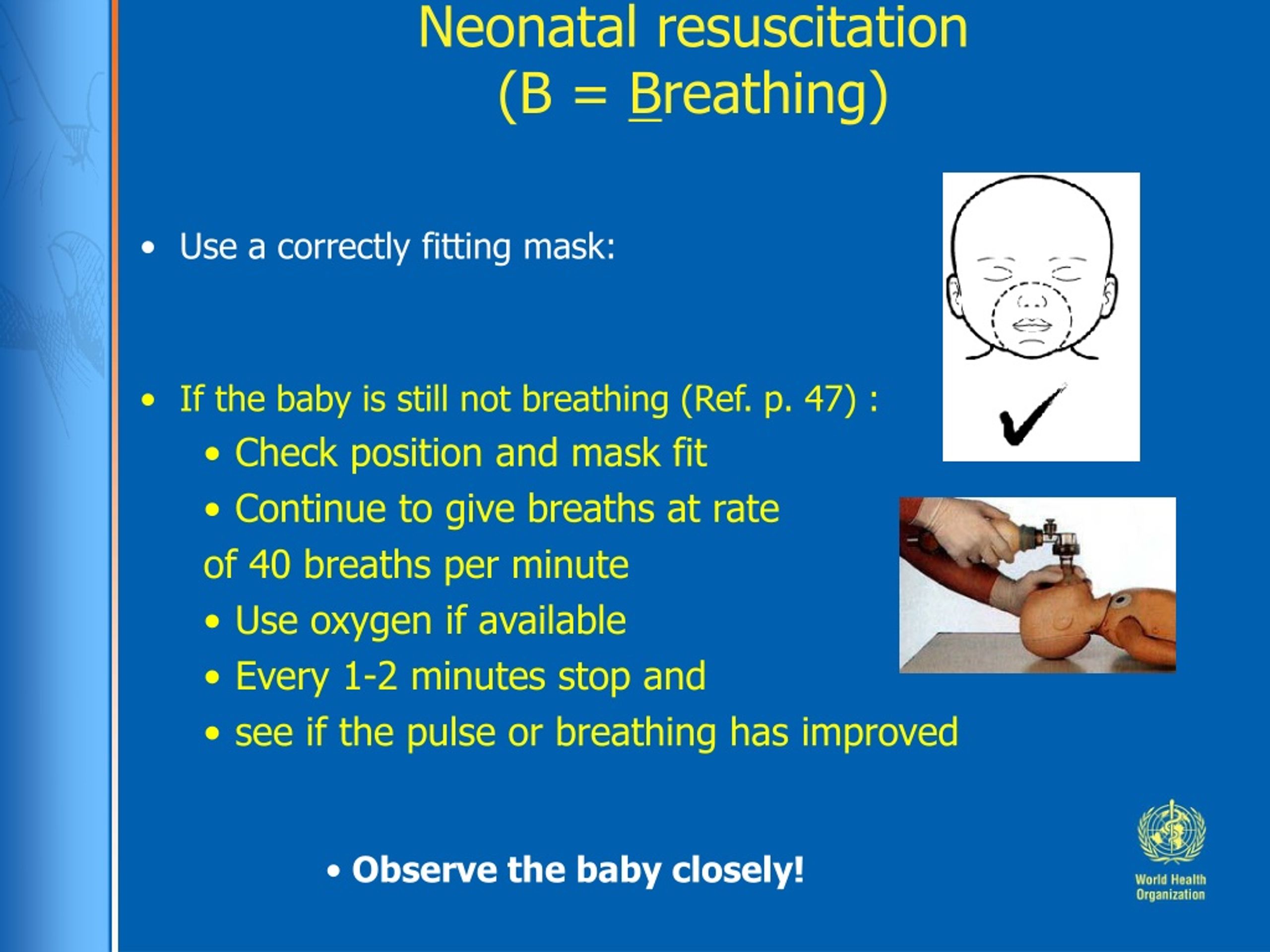
PPT Chapter 3 Problems of the neonate and young infant Birth Asphyxia PowerPoint
Newborn positional asphyxia occurs when an infant's breathing is obstructed due to their position. This can happen during sleep or while being held in certain positions. It's essential to understand this condition so that you can take steps to prevent it from happening to your baby.

Positional Asphyxiation StandInBaby®
Positional asphyxiation can occur in a baby carrier, as well as in other holding devices for babies including car seats, swings, and strollers. Often parents assume that if the baby has difficulty breathing he will fuss or cry. The majority of infants will protest if they are struggling to breathe; however, newborns, babies born prematurely or.

Newborn Photography Positional Asphyxiation Prevention Lindsey Hoki Lindsey Hoki
Positional asphyxia occurs when the positioning of the child's head and neck block the airway. Sleeping in an inclined seat, like a car seat or swing, can cause a chin-to-chest posture. When this happens, babies can suffocate and die quickly. And the scariest part is that a baby experiencing positional asphyxiation and a baby peacefully.
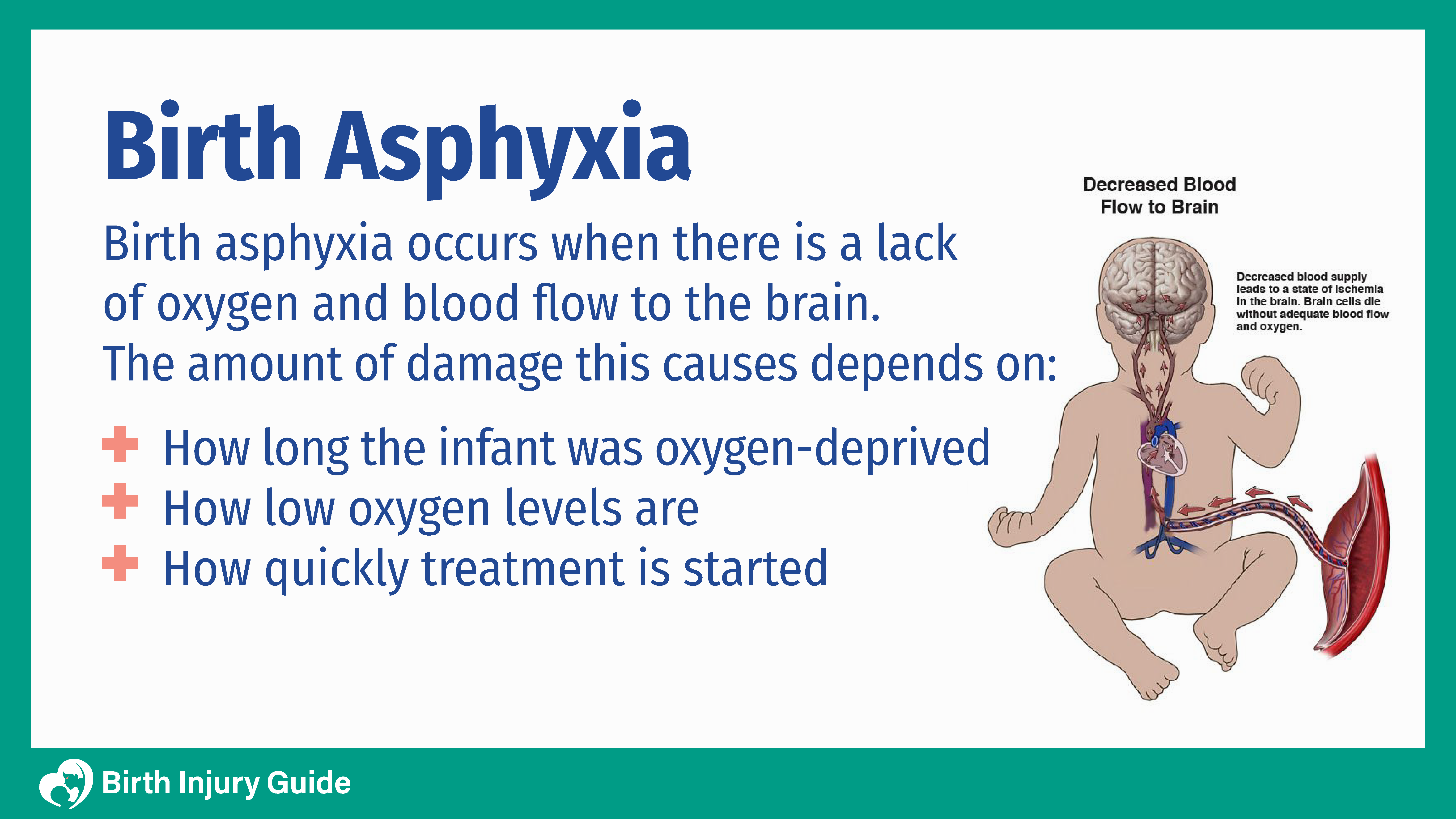
Birth Asphyxia Birth Injury Guide
Positional asphyxiation is a postural cause (body position) that prevents them from breathing normally. Positional Asphyxiation in newborns At early stage (1-4months), a baby's head is so heavy that the neck isn't fully strong enough yet to support it.

3WeekOld Baby Stops Breathing After 2 Hour Car Journey Mom Issues Warning to All Parents
What is Positional Asphyxia? Babies who experience positional asphyxia cannot breathe because the position of their body blocks their airway. This can occur in several ways: When the mouth and nose are blocked by something covering them.
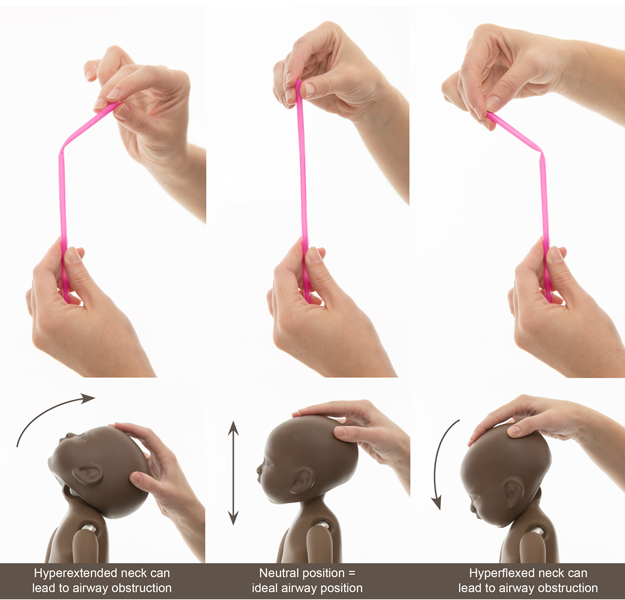
Positional Asphyxiation StandInBaby®
Positional Asphyxiation June 6, 2018 ~ Sandra Moffatt Did you know? Babies are quite different to adults, this includes the way they breathe. Babies breathe through their nose unless they are crying, and are more prone to positional asphyxiation due to their under-developed airways.
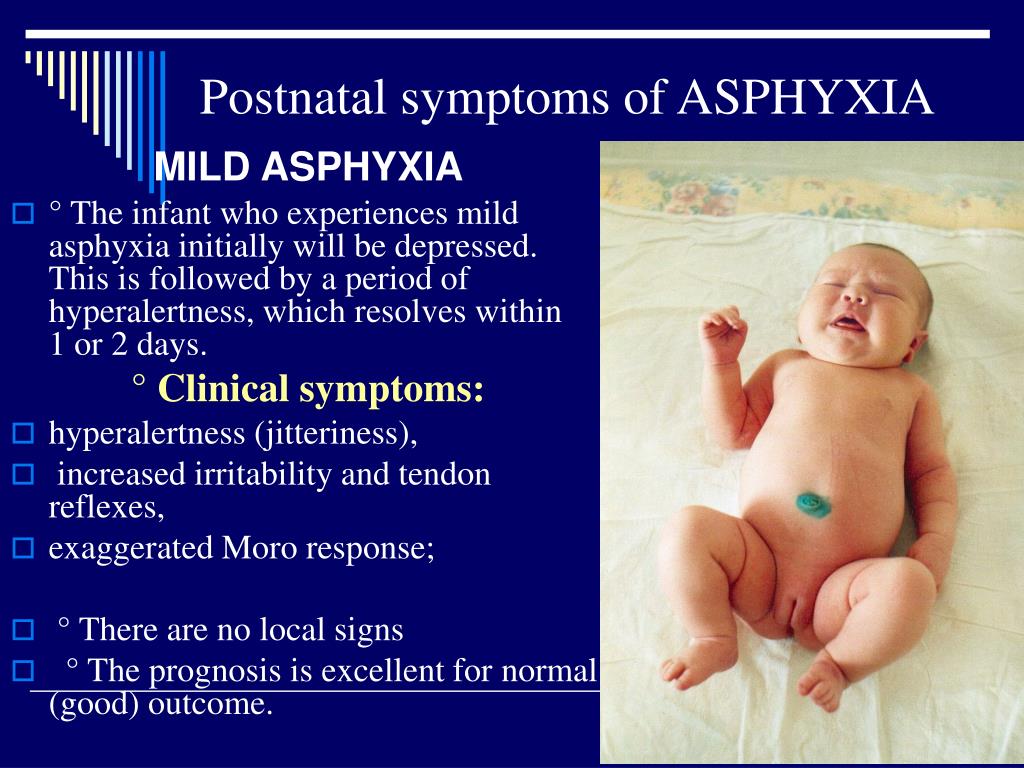
PPT Asphyxia of the newborn. Birth trauma PowerPoint Presentation, free download ID5690189
The new federal Safe Sleep for Babies Act addresses the risks of 'positional asphyxiation,' which can happen when a baby falls asleep in an upright position A baby rides in a car seat in.
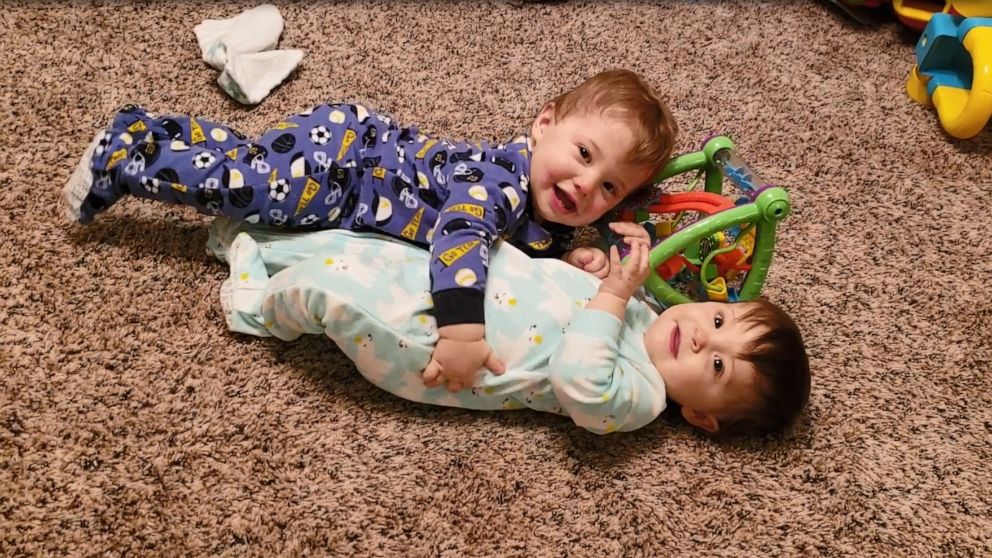
My son died from positional asphyxia in a car seat. Here's what parents need to know. Good
This slouched-forward position can cause positional asphyxiation; essentially the infant's airway is cut off and they cannot breathe. This issue is not unique to car seats; positional asphyxiation can happen in a swing, bouncy seat or a baby carrier.
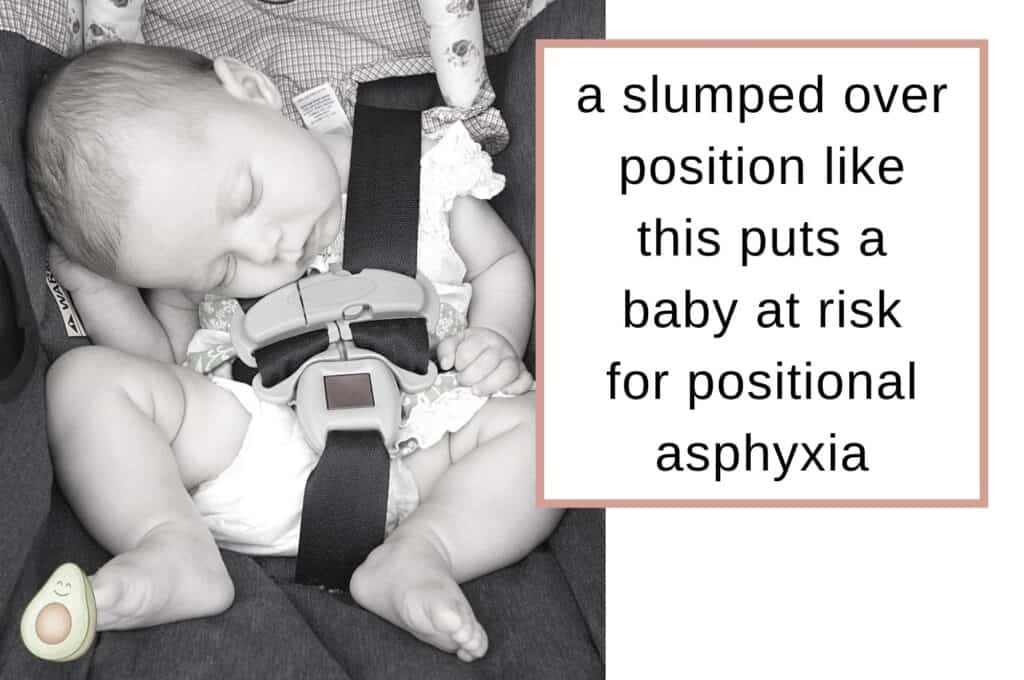
Can My Baby Sleep in a Bouncer—or is that a SIDS Risk?
September 2, 2020 by Breathe Easy Baby Positional Asphyxiation Safety In April of 2019, Fisher-Price revealed that 10 infants died in their popular Rock n' Play Sleepers after suffocating due to rolling over onto their side or stomach. However, it soon became clear there was more to the story.

Positional Asphyxiation StandInBaby®
Overview What is asphyxiation? Asphyxiation (as-fik-see-ay-shen) is when your body doesn't get enough oxygen. Asphyxiation affects how you breathe. It may cause you to pass out (unconsciousness). It can also cause death. Other names for asphyxiation include asphyxia and suffocation. Advertisement
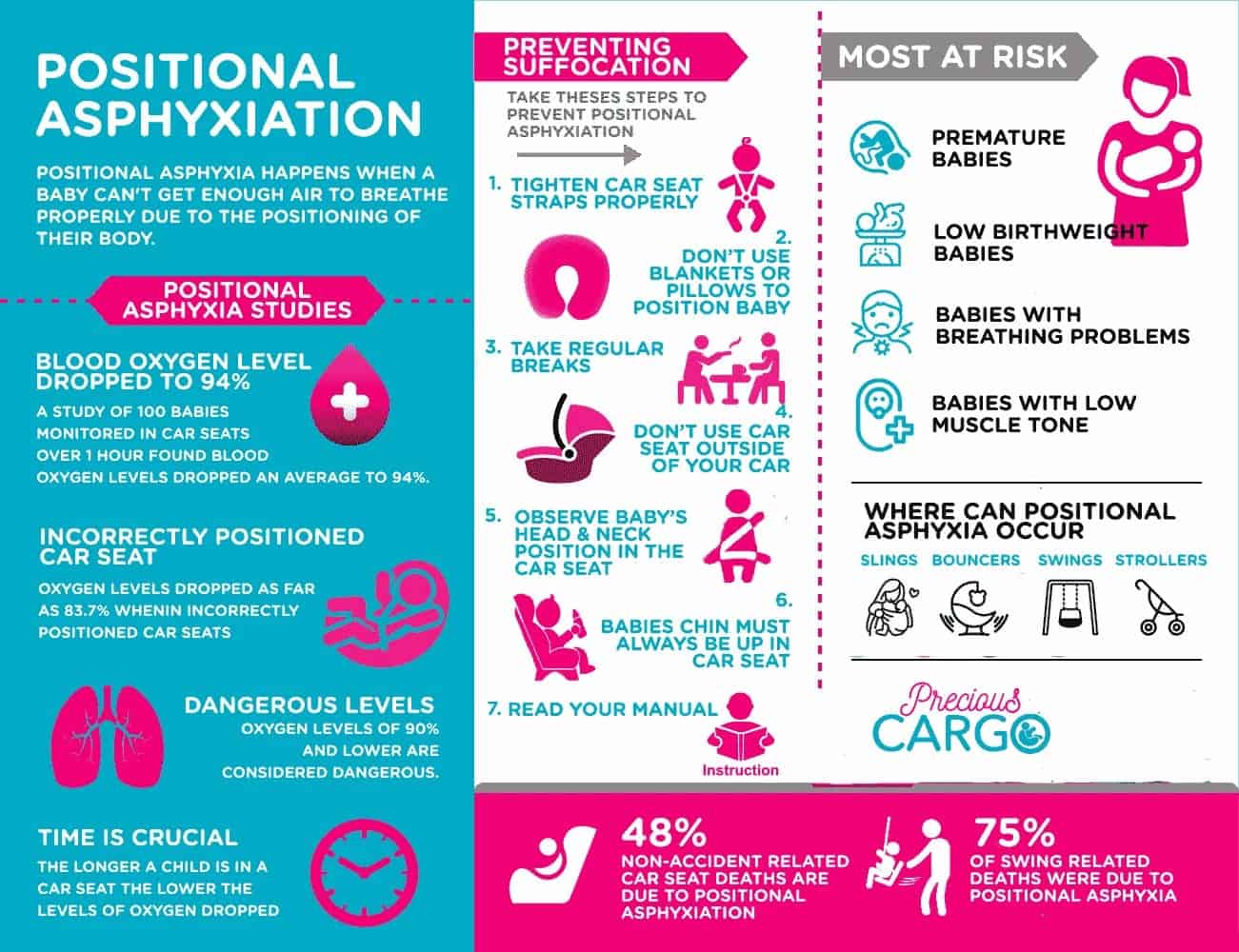
Positional Asphyxiation Safe Sleep NC
October 17, 2019, 8:10 am It was a normal Thursday morning in January for new mom Rachel Jungling as she took her infant twins to day care. Both Rachel and her husband, Ryne Jungling, headed to work, and Rachel was on drop-off duty for Anders and Linnea, who were 11 months old at the time.

a diagram showing the location of an occupant in the head and neck
prone to positional asphyxiation due to their under-developed airways. When working with babies, it is important to understand these differences so we can minimize the risk of injury. Research shows babies positioned in a slouched position with their chin resting on their chest for extended periods of time may lead to hypoxia (oxygen deprivation/
What you should know about positional asphyxia in infants Pulse Nigeria
Positional asphyxiation can lead to death, even if a sleeping baby is under direct adult supervision. The sooner they develop head control, the better.
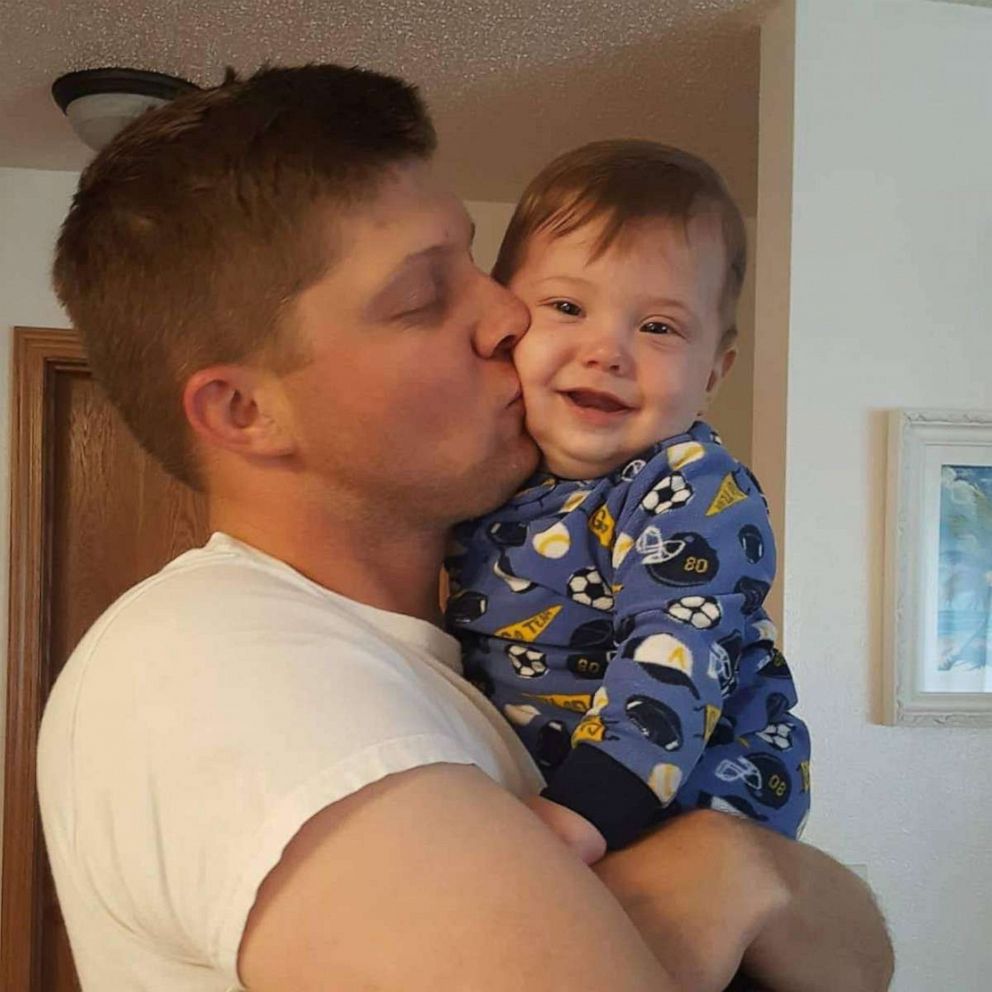
My son died from positional asphyxia in a car seat. Here's what parents need to know. ABC News
What is Positional Asphyxia? Babies who experience positional asphyxia cannot breathe because the position of their body blocks their airway. This can occur in several ways: When the mouth and nose are blocked by something covering them.

What is Positional Asphyxia? (with pictures)
Positional asphyxia can happen to anyone, but it's most common in infants when a baby cannot get enough oxygen to breathe due to the positioning of their body. Some believe this type of asphyxiation is a result of an infant being trapped between a surface, with their nose and/or mouth covered and restricting air.